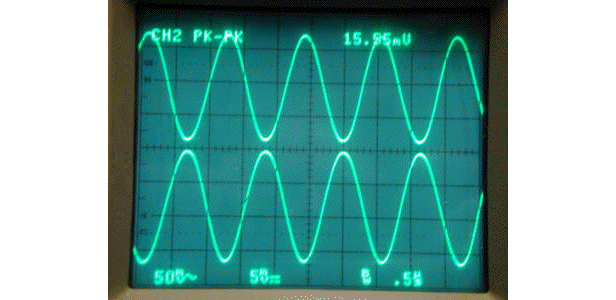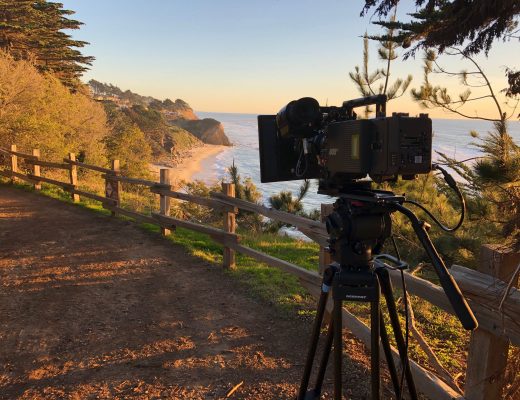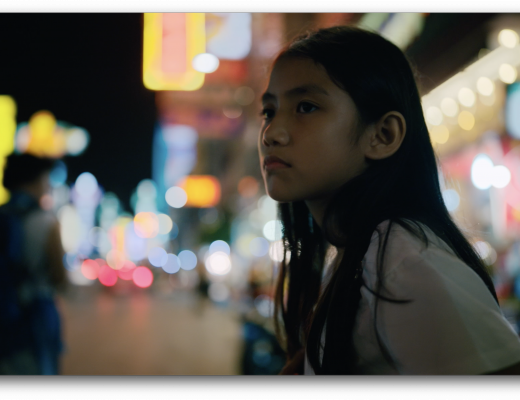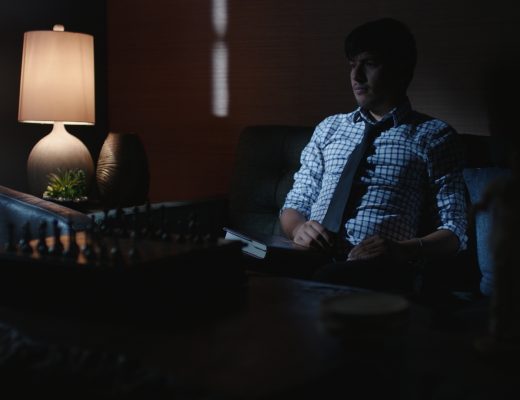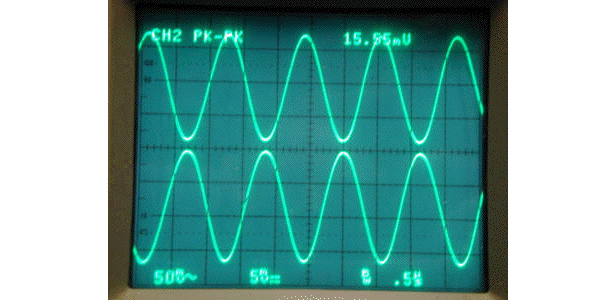
Why are we 180 degrees out of phase? I’m not talking about subcarrier phase, hue, or even audio phase. I’m talking about the 180-degree phase difference between the way professional videographers and die-hard still photographers perceive the new extremely high resolution hybrid cameras, many of which are DSLRs. When I say hybrid, I mean a camera that is equally appropriate for shooting both still photos and HD video (at least when used with a tripod or shoulder harness and related accessories). Following are the reasons why many videographers are ecstatic with the footage shot with these new cameras from a growing number of manufacturers, while many die-hard still photographers are often experiencing goose bumps.
Sensor Size
Many die-hard still photographers demand nothing less than a full 35mm sensor. One reason is because that’s the only way that a die-hard still photographer will get her/his expected results. Only with a full 35mm sensor, a 50mm lens is normal, anything higher is a specific and expected amount of telephoto, and anything lower is a specific and expected amount of wide angle. So for many die-hard still photographers, any sensor that is smaller than a full 35mm size is garbage. It has to to with upbringing, tradition, and compliance with established expectations. For that group of professionals, full 35mm is a sacred standard.
On the other hand, professional videographers are accustomed to using a much smaller sensor than the one built into any of these new hybrid cameras (so far, the Panasonic Lumix GH1, the Canon 5D Mark II, and the 7D). Professional videographers are also accustomed to a complete lack of consistency in sensor size. Professional video cameras (both SD and HD) have traditionally used sensors that have ranged from 2/3″, 1/2″, 1/3″, 1/4″ and even smaller. Since all of these referenced new hybrid cameras have an enormous sensor compared with any of these traditional video cameras, most videographers applaud even the smallest sensor of the mentioned hybrid cameras.
Spatial Resolution
As I have covered in detail in prior articles, some so-called HD “video” cameras record a subsampled signal, and some even start with much less than HD at their sensor. (Later they employ what I call “HD alchemy” to fudge the missing information.) Fortunately, many recent “video” camera models employ a full raster HD sensor, and some have modes where they oversample at 1920×1080 and then record at full raster 720p (1280×720). But I don’t know of any HD “video” camera that oversamples higher than 1920×1080.
On the other hand, the mentioned hybrid cameras certainly do oversample much higher than 1920×1080 and then record either full raster 1080 or (in the case of the GH1 and the 7D) at full raster 720p when very high temporal resolution is desired, i.e. 720p50 or 720p59.94. Again, the professional videographers applaud.
Some of the die-hard still photographers also quibble about whether 12.1 megapixels (GH1) or 18 megapixels (7D) are enough, or whether they really need 21.1 megapixels (5D Mark II) to shoot HD video, even though the maximum number of active pixels in any affordable “video” HD camera has been 2 megapixels and change (1920×1080 = 2,073,600 pixels). However, this quibbling is to a much smaller extent than the sensor size issue mentioned in the prior section, and the related depth-of-field issue, which is covered in the next section below.
Depth of Field
Some people love total depth of field (everything is in focus all the time), while others love extremely shallow depth of field. The latter has been much more of a challenge to achieve with standard “video” cameras, greatly due to their relatively smaller sensors. So (review the first section, “Sensor Size”), many professional videographers (who previously jumped through hoops and sometimes purchased special adaptors or converters to force a shallower depth of field to their “video” cameras) rejoice at the greatly reduced depth of field which is much more easily achieved using any of the referenced hybrid cameras (without any extra adaptors). This also facilitates the dramatic look of a follow focus move in a scene. You already know the die-hard still photographer’s opinion: “It’s not the real thing if it’s not full 35mm”. And Albert Einstein’s opinion: “Everything is relative!”
Sensitivity/Signal-to-Noise Ratio/Framerate(s)/Audio Sync
Some die-hard still photographers will also point out the fact that the Canon 5D Mark II offers higher sensitivity and a higher signal-to-noise ratio than the other two current candidates mentioned. They are of course correct. However, those differences aren’t easy to detect in most popular venues, and must be weighed against the 5D Mark II’s current Achilles’ heel: a single framerate, and a cumbersome workflow for synchronizing independently recorded audio. This is due to the 5D Mark II’s 30.000p (exactly 30 frames per second) rate, as opposed to the more common 29.97p (29.97 frames per second), as Art Adams documented in his recent article My First Shoot with the Canon 5D. The GH1 and D7 are more generous with framerates, and offer them in with the appropriate video formats which facilitate synchronizing independently recorded audio in post. These include 23.976p, 25p, 29.97p, 50p, and 59.94p (model dependent).
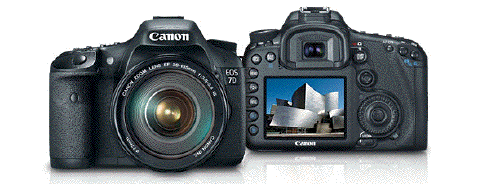
The Canon 7D (like its older sister, the 5D Mark II) limits HD video recordings to 12 minutes per clip, but the 7D is much more generous with framerates and easier to use with external audio that needs to be synced in post.
Better understanding our mutual 180-degree phase shift
Whether you are a die-hard still photographer or a professional videographer, I hope that this article has helped you better understand the perspective so strongly held by the other profession. It’s as if the die-hard still photographers have always lived in a 50-story mansion, the videographers have always lived in a 2-bedroom condo, and now both of them are all being relocated into a 40-story mansion. The die-hard still photographers feel cramped, while the videographers feel relieved! Feel free to comment below.
Predictions
- Sales of non-professional video camcorders will wither as consumers prefer to purchase hybrid cameras.
- The low-cost hybrid cameras will continually get better, but may never have certain on-board pro video features, such as balanced audio inputs.
- Professional video camcorders will progress to include larger sensors (often borrowed by the consumer divisions of professional video camcorder manufacturers) because of higher demand and lower cost.
Get a full index of Allan T©pper’s articles and upcoming seminars at AllanTepper.com. Listen to his podcast TecnoTur, together with Tanya Castañeda, Rub©n Abruña, and Liliana Marín, free via iTunes or at TecnoTur.us.

Filmtools
Filmmakers go-to destination for pre-production, production & post production equipment!
Shop Now